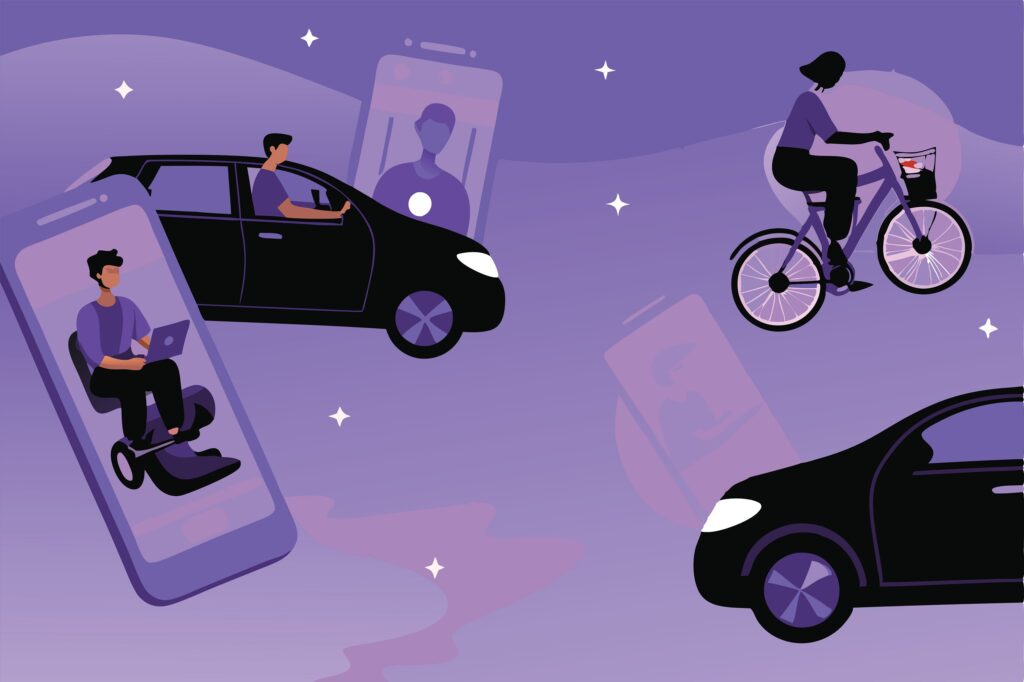New Study Finds To-Go Alcohol Did Not Increase Drunk Driving Deaths
It is no secret that COVID-19 and the resulting lockdowns had unpredictable impacts on our economy. Policy makers were forced to adapt on the fly to keep the country moving. One of the best examples of this was the humble to-go cocktail, which served as a lifeline for struggling neighborhood restaurants.
Now lawmakers are starting to ask: Should this temporary lifeline become a business staple? Should we always be able to order margaritas with our pizza? Some former alcohol regulators, as well interest groups like Mothers Against Drunk Driving, have voiced concerns that to-go alcohol might increase drunk driving. New evidence shows this concern is misplaced.
After reviewing state-level data on alcohol-impaired driving fatalities in 2020 recently released by the National Highway Transportation Safety Administration (NHTSA), and overlaying it with an analysis of states that allowed to-go drinks during the pandemic versus those that did not, the R Street Institute, where I am a resident senior fellow, found that to-go alcohol was not correlated to an increase in drunk driving deaths.
Numerous states that permitted to-go drinks—such as Idaho, Hawaii and Massachusetts—saw a noticeable decrease in alcohol-impaired traffic deaths from 2019 to 2020. Meanwhile, some of the most stringent states when it came to forbidding to-go alcohol endured some of the highest increases in alcohol-impaired traffic fatalities. South Dakota and Utah, both of which prohibited to-go and delivery alcohol, saw increases in alcohol-impaired driving deaths of 75 percent and 52.6 percent, respectively.
On average, states that allowed to-go drinks saw an increase of 12.55 percent in alcohol-impaired driving fatalities in 2020, but states that did not allow to-go drinks at all during COVID-19 saw an average rise of 53.63 percent in alcohol-impaired driving deaths. Data for other forms of takeout and delivery alcohol, such as delivery from grocery stores, showed a similar lack of correlation with alcohol-impaired traffic fatalities.
There was an overall rise in the number of alcohol-impaired driving deaths from 2019 to 2020. Exactly what caused this sad trend continues to be debated, with some academics and researchers citing reduced seat belt usage, greater substance abuse, and more drivers speeding during the pandemic. Given this new analysis of to-go laws in various states, however, it does not appear to be traceable to to-go alcohol. This doesn’t mean local authorities won’t attempt to pin blame on these altered laws, though.
After significant back-and-forth, New York state recently included a three-year extension of to-go cocktail privileges for restaurants as part of its 2023 state budget. Although 86 percent of New Yorkers supported extending to-go drinks, the issue did not pass without controversy: The Police Benevolent Association of the New York State Troopers issued a legislative memo warning that to-go alcohol sales could lead to a spike in drunk driving. The memo vaguely referred to “numerous incidents” in which to-go drinks were consumed in a vehicle as well as citing “disturbing trends” in drunk driving rates during the pandemic.
But New York, which temporarily allowed to-go drinks during much of the pandemic, experienced an increase of 11.7 percent in alcohol-impaired traffic fatalities—a rate significantly lower than the average for states which forbid to-go alcohol throughout the pandemic.
Importantly, this data does not suggest that to-go drinks reduced drunk driving deaths in certain states; the small sample size of only 50 states in America makes it difficult to statistically demonstrate any type of causation one way or the other. But the data does show that to-go alcohol was not correlated with more drunk driving deaths.
It is understandable why lawmakers would want to avoid any policy changes that could jeopardize public safety. But the fact that to-go alcohol reforms are not correlated with more drunk driving deaths, as some had feared, is something we should all raise our glasses to.









